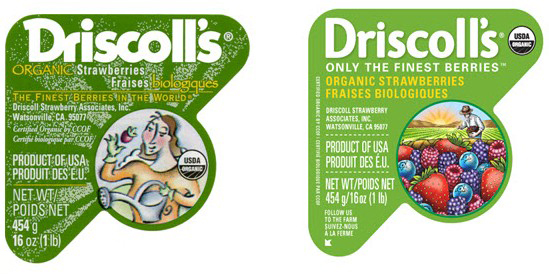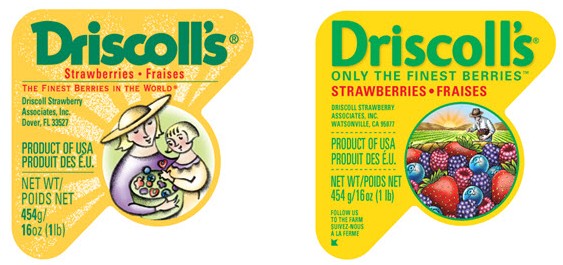Create Magazine Article: “[THE FULL PACKAGE] – The Northeast Wraps Up Designs”
Published: March 2007
by: WALAIKA HASKINS
A product can be great, but without attention-grabbing packaging or labeling it can still be flat. Being aware of trends and working hard to bring to the client’s vision to life be essential for commercial illustrator Steve Noble, who is nationally recognized. The challenge for an illustrator is to interpret the client’s vision and create a drawing that lives up to the image that until then had resided for the most part only within the client’s mind.
“Products have always had logos that identify them, “Noble said. “It’s really crucial. Without that identity, people don’t remember because sometimes they remember the visual more than the product. It is what makes the product – without that there is nothing.”
To start the process Noble ask the clients to send him reference materials and the layout. After a detailed discussion, Noble is ready to begin translating the verbal into a visual which can be tricky, he said. “Sometimes that doesn’t always cross over right,” Noble said. “What they think in their head doesn’t always translate onto paper.”
According to Noble, that is when 20 years of experience comes in handy. “ I know exactly sometimes what will work and what doesn’t work.”
Once he has an idea of the general theme and images a client wants, Noble creates an image employing various techniques such as woodcut, traditional engraving and steel engraving styles, as well as a variety of scratchboard techniques. After several rough drafts and feedback from the client, Noble finalizes the image.
In one recent project, Seeds of Change contacted Noble to create an illustration for it organic chocolate bar packaging. The company had developed a general idea for the label. Using the list along with the layout and thumbnail images provided by the art director, Noble was able to fine tune it with a parrot in the center and adding cacao trees in the background and chocolate bars at the bottom.
One trend Noble has noticed is that many of his clients that sell organic products are choosing woodcuts over other illustration styles. “They’re looking for something with a more natural look,” he said. “They want a more earthy look…There has been a lot of demand for that sort of thing, whether it’s food, vitamins or other things.”
The “established look” is in for many wineries that want their labeling to give consumers the impression that their wine has been around since at least the 1800’s. “They want an aged, established label with an old look,” Noble said. Winemakers believe that their wines are taken more seriously when their bottles sport a venerable and dignified label rather than a more modern look.
“That’s where I come in,” he said. “ We did four different labels for Rodney Strong. They wanted a fetching, engraved look. They’ve been around for 40 or 50 years, but wanted to make it look like they’d been there for 100 years.”
Noble finds that Japanese clients have a fondness for Tuscan and Italian themes for their coffee packaging. “They like Italian coffee and lattes,” he said. “I ‘ve done a lot of scenes from Venice and Tuscany.”









